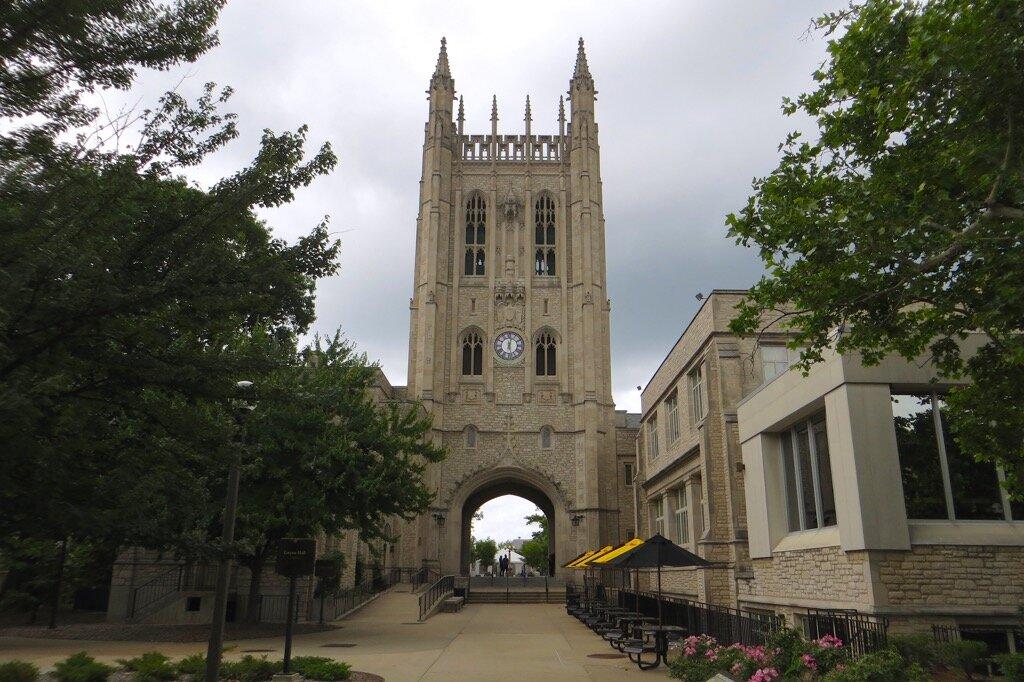This semester, students at the University of Missouri are being monitored using an iBeacon tracking device, called Spotter. They are not alone; in fact, over 40 college campuses are currently using the tracking app to ensure attendance and safety in their classes, according to The Washington Post. With Spotter becoming an essential tool for many higher education instructors across the United States, Sonoma State may soon discuss implementing these practices on campus.
“I think anything that gives students that extra little nudge to be in the classroom is beneficial,” says Stephen Arneson, the Director of Development and University Advancement at Sonoma State. “I’ve seen many students walk in, sign a sheet, and walk out. So, I would say there is a benefit to it, but there are limitations to how much it should be able to track a student.”
Spotter, an app designed to pinpoint the locations of students within a classroom until they leave, claims to provide “continuous, reliable and non-invasive attendance [records].” The app utilizes iBeacon technology, which is not the same as GPS tracking, because it can only locate students in specific areas. Small Bluetooth beacons hidden around the classroom or lecture hall connect with the app on student’s smartphones and track their attendance.
“I think it’s a tone deaf move for a university and I think there may be more cons than pros to this type of policy change. Assuming that students even have access to a smartphone…is classist,” says Julia Sparer, a former peer mentor for Communications classes at Sonoma State.
Sparer believes that utilizing this type of technology damages the interpersonal connections that professors, TAs, and peer mentors value with their students. She explains that an app like this could further isolate students from their professors and devalue the influence of TAs and peer mentors.
Universities such as Syracuse, Central Florida, Columbia, and Indiana also work with Spotter. More than 1.5 million student check-ins were logged this year nationwide.
Some instructors at Sonoma State are already using similar technology to Spotter, such as iClicker. Nicole Meyers, a Geology professor at Sonoma State, uses iClicker to track the attendance of her students when they enter her classroom.
“It forced students to pay attention in class, because throughout the class she could include multiple choice questions on the program,” explains Kobe Manguil, a second-year student at Sonoma State who previously used iClicker in Nicole Meyer’s class. “It also encourages you to attend lectures because you could only get attendance points by coming to class and logging in.”
“Sometimes it gets difficult when there are technology issues. It kept me accountable, though, and I honestly liked it. Even if we had issues, the teacher always made a way to find it work,” says Elena Ferrer, also a second-year student at Sonoma State, and current user of iClicker.
Many people support the use of this technology, including administration at the University of Missouri, where they use Spotter to track all students on campus. Last semester, the university tested the effectiveness of Spotter with 90 student athletes, who since using the app, are showing overall “record high” grade point averages.
Contra Costa school district uses the app and administration praises the new technology. They say that the schools are able to save on operating expenses and free up time for some of the teachers. The cost for acquiring the technology is $50,000, but parents of the school district agree that it is a small amount to pay to ensure the security of their children. Additionally, many schools have previously paid “class checkers” to make sure their athletes remain eligible to play.
The company behind Spotter described their goals to “open lines of communication between students, advisors, and professors to help students succeed.”
Although Spotter still causes controversy among many, and some students are expressing concerns about privacy, positive feedback from administrators across the United States combined with increased grade point averages may lead Sonoma State to adopt the practice of tracking students.



































